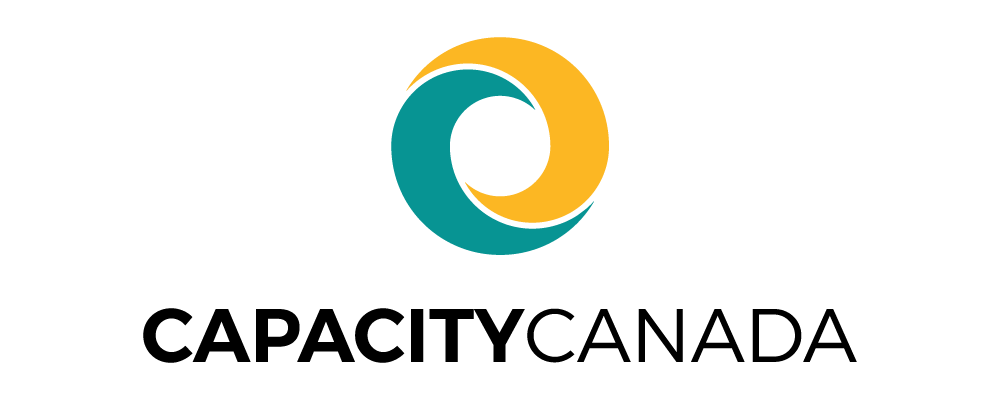|
Getting your Trinity Audio player ready...
|
At the end of the presentation, Lynne Griffiths-Fulton did what people often do when they are struck by good, surprising events.
She teared up.

“I’m pretty overwhelmed by the amount of work they’ve done,’’ said Griffiths-Fulton, program manager at Reception House Waterloo Region. “I think we sent them a pretty daunting task, given that we had no sort of branding or marketing like that in the past.
“And my first impression is, ‘This is amazing.’ ’’
The “they” in question were the members of one of eight design teams in CreateAthon 2015 Waterloo-Wellington. The CreateAthon tackled marketing challenges for 12 area non-profit organizations in a marathon think session that began just after breakfast Oct. 22 and continued to 3 a.m. Oct. 23
CreateAthons started in South Carolina in 1997 and today occur around the world, providing non-profits with all kinds of free design work. Eighteen years of CreateAthons have helped 1,600 non-profit organizations. The value of that work is estimated at about $20 million.
This year, Capacity Canada and Conestoga College partnered with Catalyst Awareness, a design-and-communications agency in Guelph. Catalyst, a subsidiary of Austin, Texas-based Alchemy Systems, specializes in communications in health and safety and loss prevention. Clients include Home Depot and the Liquor Control Board of Ontario.
Drawn from 21 applications, the participating organizations were:
- Big Brothers Big Sisters of Waterloo Region
- Centre for Sight Enhancement
- Community Resource Centre of North and Centre Wellington
- Extend-A-Family Waterloo Region
- JDRF (Juvenile Diabetes Research Foundation)
- Menno Homes Inc.
- Planned Parenthood Waterloo Region
- rare Charitable Research Reserve
- Reception House Waterloo Region
- Waterloo Horticultural Society
- Waterloo Region Suicide Prevention Council
- YWCA Kitchener-Waterloo

Thirty-one second- and third-year students from Conestoga’s School of Media and Design took part in CreateAthon 2015 Waterloo Wellington, brainstorming deep into the night at Catalyst with Catalyst’s designers, art directors and account managers.
“We think it’s good for students because it puts them in a real-world environment where they see a whole-team approach to design,’’ said Prof. John Baljkas.
Bright and early Oct. 23, the teams pitched their concepts to each other and the benefiting non-profits. They presented ideas for posters, logos, fresher websites and interactive infographics.
The package for Reception House included an eye-catching proposal for an annual report to help raise the profile of an organization that has been helping refugees for 28 years.
Catalyst also came away with something.
“When you’re working with six or seven people (per team) like this, you see some concepts that are way out of this world — stuff I wouldn’t have thought of in a million years,’’ said McGuire, a senior art director. “That’s been a lot of fun.”
The presentations showed the students how the work they do helps a big community of non-profits, not just an individual client, said Matt Miller, a graphic designer and an executive in residence with Capacity Canada.
“Plus, the non-profits see the talent we have here.’’
Piling design work into a tight loop of less than 24 hours was daunting, said student Marqui Dixon, who worked on the Reception House project. Griffiths-Fulton’s reaction “made it all worth it.”
“It was awesome to see all the presentations,” Dixon said. “The organizations appreciated it a lot,”

